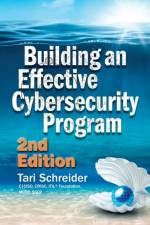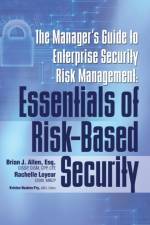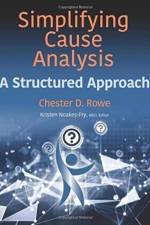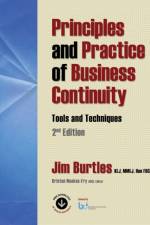- A New Approach
von David Lindstedt & Mark Armour
45,00 €
Today's New Approach to Best Practices for Business Continuity After years of working with the traditional practices of business continuity (BC) - in project management, higher education, contingency planning, and disaster recovery - David Lindstedt and Mark Armour identified unworkable areas in many core practices of traditional BC. To address these issues, they created nine Adaptive BC principles, the foundation of this book: Deliver continuous value. Document only for mnemonics. Engage at many levels within the organization. Exercise for improvement, not for testing. Learn the business. Measure and benchmark. Obtain incremental direction from leadership. Omit the risk assessment and business impact analysis. Prepare for effects, not causes.Adaptive Business Continuity can improve your organization's recovery capabilities by ensuring continued delivery of services following an unexpected unavailability of people and/or resources. Transforms or eliminates many of the traditional best practices of the continuity planning industry. Moves the emphasis to proven practices and away from outdated and ineffectual conventional methods. Enhances your abilities to limit potential damage to your organization's brand, capital, functions, and revenue following an incident or disaster.The Structure of the BookThe chapters of this book proceed as an analogy, following the steps of rebuilding a house. Chapter 1: Demolition - The first step is to identify and remove of all the things that no longer properly belong in the kind of house you need - certain BC activities and products must be removed to provide the space we need to install something new. Chapter 2: Foundation - Provides a proper foundation for BC planning, an integrated theory of preparedness planning. Chapter 3: Framework - Outlines the individual steps, activities, and deliverables the practitioner creates in partnership with all levels of the organization. Chapter 4: Finishing - This narrative helps you envision what the Adaptive BC approach might look like in practice. In these fictional case studies, you will meet five practitioners as they implement Adaptive BC in their organizations. Chapter 5: Dwelling - Wraps up the book and offers a few thoughts on what the future of the BC industry might hold - including the promise of fun and innovation in your daily business continuity activities.Through a wealth of examples, diagrams, and real-world case studies, Lindstedt and Armour show you how you can execute the Adaptive BC framework in your own organization. You will: Recognize specific practices in traditional BC that may be problematic, outdated, or ineffective. Identify specific activities that you may wish to eliminate from your practice. Learn the capability and constraint model of recoverability. Understand how Adaptive BC can be effective in organizations with vastly different cultures and program maturity levels. See how to take the steps to implement Adaptive BC in your own organization. Think through some typical challenges and opportunities that may arise as you implement an Adaptive BC approach.As the authors take you through the steps of "building the house," you will see how Adaptive BC differs from traditional continuity planning and share the vision to create your own Adaptive BC programs and make needed changes within the profession.











